2020 App Monetization Guide: Strategies, Techniques, Tips
Wondering how to best make money with your app? This complete guide to app monetization strategies will teach you about ads, in-app purchases, and more.
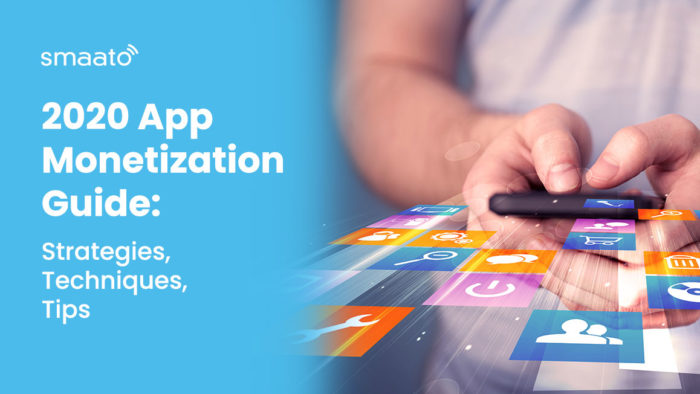
Launching an app that users fall in love with is just one part of creating a successful app. The next critical step is making money with the right app monetization strategy. App monetization is how a user base can be leveraged into a way for publishers and developers to earn money from the app. The strategies for accomplishing this are varied, and can include paid apps, in-app purchases, advertising, and other options.
Whether you are trying to monetize your app for the first time or looking to optimize the revenues of an already successful app, this guide will provide you with insights into the latest app monetization strategies. After reading, you will have a good idea which monetization strategy, or combination of strategies, is best for your app.
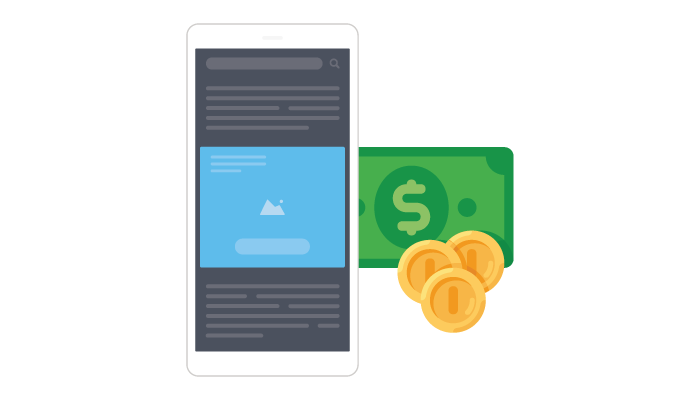
Charging an upfront price to download an app is the oldest and most straightforward app monetization strategy. Just set a price and collect the money after your app store of choice takes its cut.
In the early days of the iOS App Store, paid apps were in the majority. Back in 2008, there wasn’t yet a sophisticated structure to monetize apps through advertisements or in-app purchases. Now, user expectations have shifted. Today only a small percentage of apps are paid. Users are accustomed to free apps that are monetized through ads or in-app purchases, so charging an upfront price can be a barrier to growth.
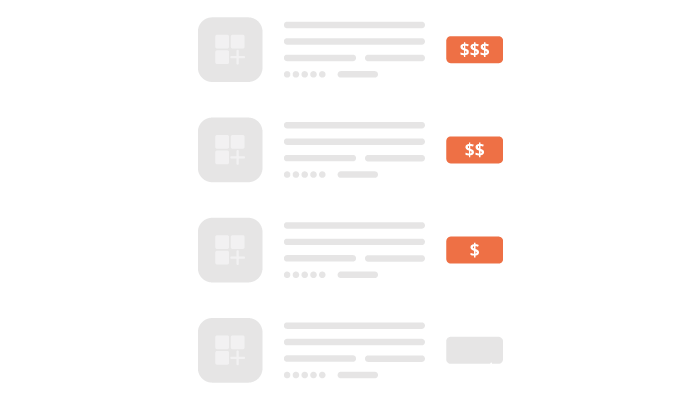
While paid apps have hurdles to overcome in achieving growth, they can still be successful when they clearly demonstrate value to customers. Nintendo raised some eyebrows when they released Super Mario Run for $9.99 on mobile devices. Despite some complaints about the high price, the mobile game generated $60 million in revenues — although the company concedes that they could have earned more with different app monetization strategies.
Nintendo president Shigeru Miyamoto told Bloomberg:
“I can’t say that our fixed-cost model has really been a success. But we’re going to continue pushing it forward until it becomes entrenched. That way everyone can develop games in a comfortable environment. By focusing on bringing games to the widest range of people possible, we can continue boosting our mobile game business.”
Users are less willing to pay for apps up front, but offering a paid app can still be successful — even if you don’t have the power of the world’s most popular video game character at your disposal. The key is to find the right initial price and adjust accordingly.
To begin with a paid app monetization strategy, you should perform a competitor analysis to see what the standard prices are for your app category. App prices aren’t set in stone, so they can be changed as needed. Diving deep into app download analytics will help optimize the price to find that sweet spot between what customers are willing to pay and your revenue goals.
Out of all the ways to monetize an app, in-app advertising is the most popular. Why is that exactly? It comes down to a few key reasons.
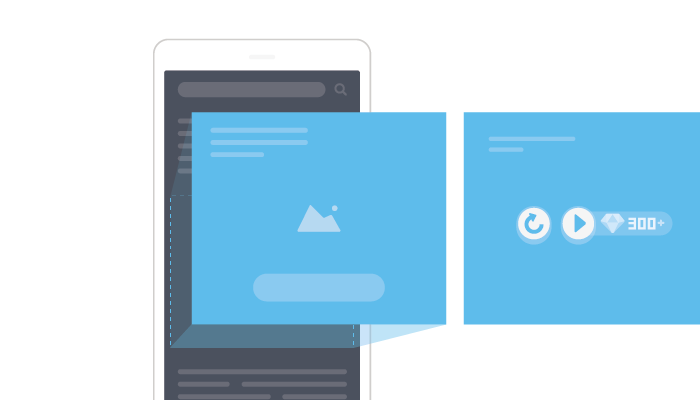
All of these reasons are why mobile advertising has grown to be the leading form of advertising. Advertisers spend more money on mobile devices than on TV — and by 2022, mobile advertising in the US will exceed TV, print, desktop, and radio combined. Globally, mobile ad spending was $225 billion in 2019 and is projected to hit $291 billion in 2021. That’s a massive opportunity for in-app monetization.
In most cases in-app advertising is transacted programmatically, meaning that the technology fully automates the purchase process.
In open deals, different demand-side platforms (DSP) bid on an available advertising spot within an app on behalf of the brands they’re working with. These programmatic auctions occur almost instantly through real-time bidding, with the top bidder winning the ad space within an app. However, in-app advertising doesn’t need to be through an open deal. Direct deals can be done on a one-to-one basis between a publisher and an advertiser, or with just a handful of pre-selected advertisers.
Here’s an example of how an open deal works:
One of the benefits of in-app advertising is that there are many different types of ad formats, so you can choose the format — or mix of formats — that is best for both generating revenue and building a strong user experience.
So which ad format is best for your app monetization strategy? That really depends on your app and also your goals. Native advertising, for example, can generate decent revenues but doesn’t make sense in some app categories. Video ad formats can work especially well for news and gaming apps where users are highly engaged but less useful for something like a music app that’s only being passively used.
Banner ads are one of the most versatile options. They’re also the most popular, as they can be found in most apps. They’re simple, reliable, and work across just about all app categories. You can also choose the size that best suits your app. The downside to banner ads (for publishers) is that, while rates vary, eCPMs are generally lower than other ad formats.
The effective cost per mille (eCPM) is the amount earned per 1,000 ad requests. This measurement can be used to show how valuable certain ad formats, audiences, and other key performance indicators are.
Video ads generate significantly higher eCPMs than banner ads and also offer a fair amount of flexibility. Advertisers around the world are funneling more money into video ads, as viewers are engaged and spending an increasing amount of time watching videos on mobile devices. US video ad spending reached almost $32 billion alone in 2019 — growing 35% from the year before. Most of that spend was for mobile devices. While video ads might not make sense for every type of app, the numbers show that offering video ad spaces to advertisers is a great way to generate more revenue per user.
A survey of app publishers around the world asked what their most successful monetization method was. The clear winner was rewarded video with 75% of the results. This ad format makes a lot of sense for monetizing games. Players are gifted an extra life, bonus item, or hint for watching a rewarded video ad. Everyone wins with this format. The players are happy for the reward, the advertisers are satisfied to reach an engaged viewer, and the app publishers are thrilled with the high earning potential.
Regardless of which ad formats you decide to use to fulfill your app monetization strategy, continued analysis and optimization are necessary. Testing out new formats and placements takes time and effort, but will help increase revenues. With constant testing, you can also gauge the impact on user experience when different formats and placements are used.
Some general best practices work for all app categories, but it’s essential to optimize your app monetization strategy as much as possible. These app category-specific guides will give you insights into successful monetization for your unique app through in-app advertising.
Whether or not you decide to charge an upfront price for your app, there are still opportunities to charge users in the future through in-app purchases. An in-app purchase monetization strategy is particularly effective for mobile games (extra lives, power-ups, in-game currency), but can also be seen in dating apps (more visible profiles, enhanced options) and other categories. When done right, in-app purchases allow both users and app publishers to win.
In-app purchases have become increasingly popular, as freemium apps are the new standard in app stores. Users like the idea of a free game, for example, with the option to spend more if they find themselves hooked on the gameplay. The numbers show that in-app purchases have been on the rise. The projected revenue for in-app purchases is expected to hit $71 billion in 2020, which is double what it was in 2018.
One downside to in-app purchases is that the majority of users won’t pay to make a purchase, according to research. That might not be a problem if the app’s user base is large enough and the purchase options are enticing, but it is a risk that all app publishers should be aware of.
Another risk is that one type of in-app purchase, known as a loot box, has been getting scrutinized by legislators. Although loot boxes in mobile games have been a popular way to generate revenues, some countries say these randomized “boxes” of in-game prizes are a form of gambling. Belgium and the Netherlands have already cracked down on loot boxes, while other European countries might soon follow suit.
Despite those risks, a monetization strategy that includes in-app purchases can make a lot of sense for certain apps. It’s just a matter of finding the right balance between user experience and how much people are willing to pay.
Subscriptions are a subset of in-app purchases. While standard in-app purchases are typically consumable, meaning they’re paid for on a per-use basis, subscriptions can bring in steady recurring revenue. You decide the subscription model, such as monthly or yearly, and then the money consistently rolls in once customers are acquired (assuming the churn rate is low).
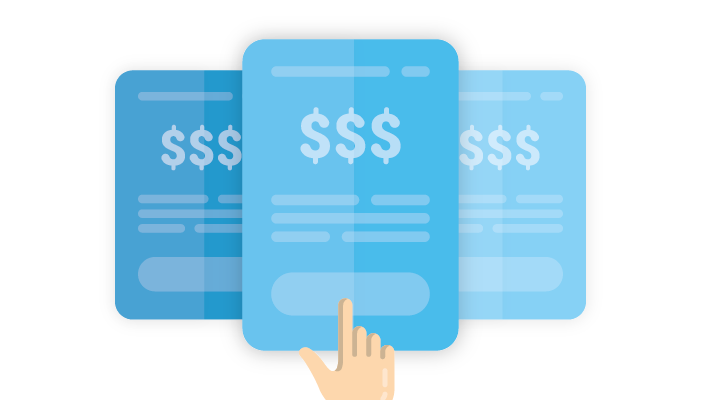
The key to acquiring those loyal, paying customers is to provide value. Gating certain features and content behind a subscription can be quite effective when done right. After all, a freemium model has helped turned music streaming app Spotify into a company valued at billions of dollars. Spotify is a rare unicorn in terms of success, but apps of all sizes can leverage a freemium subscription-based monetization model. For example, loyal users might be happy to pay a subscription if it means removing ads from the app. Less engaged users might balk at paying a subscription fee, but they can still be monetized through in-app advertising.
To figure out if subscriptions can work for your app, it’s all about understanding your customers and how much they value your app. Charging the right amount and delivering value can make your subscription-based monetization strategy a success.
So which monetization strategy is best for your app? The truth is that it really depends. In most cases, a combination of the above models will yield the best results. A mix of in-app advertising and in-app purchases might work very well for a game. For certain lifestyle apps, offering a premium subscription and a free ad-supported version might also work.
The common denominator in most successful monetization strategies is mobile advertising. To learn more about how Smaato can help you monetize your app, test out the Smaato Publisher Platform (SPX). This full-stack solution gives you all the tools to begin maximizing your app’s revenues.